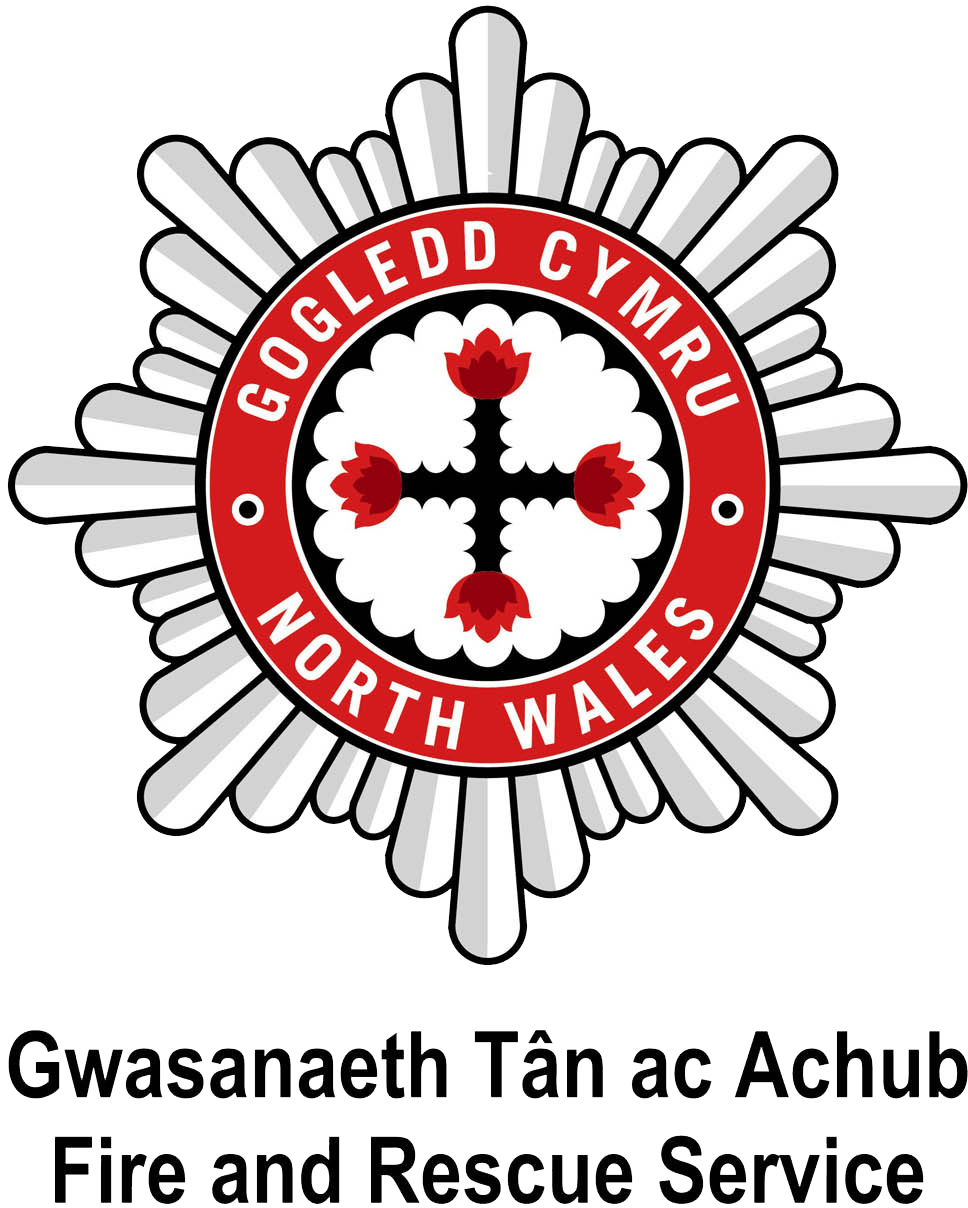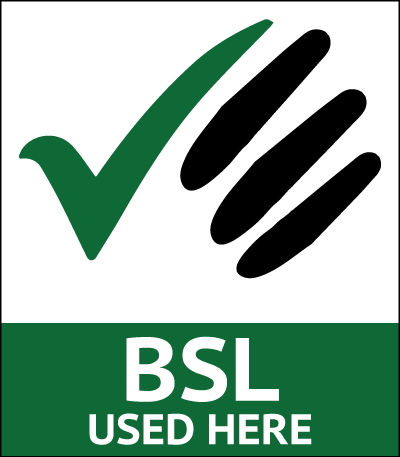Physical Impairment
How does a wheelchair user or otherwise mobility impaired person protect themselves from the risk of fire?
People with Disabilities or Mobility Impaired.
If a fire occurs in your home, your chances of survival will depend on how quickly and safely you are able to get out. People with serious mobility difficulties should be encouraged to have their bedroom as close to a final exit door as practical, or a relatively safe area.
People with disabilities should be aware of the special devices that are available such as smoke alarms with a vibrating pad or flashing light for those with a hearing impairment, smoke alarms with a strobe light outside the house to catch the attention of neighbours or passers-by, and emergency call or alarm systems for summoning help.
Fire Safety in the Home
When adapting your home for a wheelchair user, it’s imperative to understand and anticipate the kind of challenges they face daily.
Fire safety
With limited and slow mobility, wheelchair users need to be accommodated in cases of fire hazards.
There should be a personal evacuation plan drawn up and precisely explained to the user and everyone in the household.
There should also be a suitable fire exit cleared of any obstacles and clutter at all times.
With these and the following considerations in mind, any wheelchair user will feel utterly comfortable, mobile and safe in their home.
What to do Before a Fire Occurs . . .
- Identify and determine the nearest emergency exit or exits within your home. It is important to always know the safest and quickest exit from any location you are in and it should always be based on your physical capabilities. If it is at all possible, try to have your sleeping area close to an accessible exit. Then, in the event of an emergency, you will have the quickest escape route. You might require some accommodations to facilitate an emergency exit such as a ramp or removal of barriers. Make the adjustments necessary to ensure a safe escape route. In addition, be sure that you can also open all locks on windows and doors throughout your home.
Install heat or smoke detectors throughout your home. Key locations for smoke alarms are: the kitchen, basement, storage areas, trash areas, accessible attics, sleeping areas, and hallways.
Heat and smoke detectors can reduce the chance of dying in a home fire by approximately 60%. This device is important to have in your home. It is also important to make sure that your smoke alarms are functioning properly. Make sure that smoke alarms are kept cleaned and vacuumed regularly to remove dust particles. In addition to this, you should test the batteries weekly. If your smoke alarms are connected to the electric circuits of your residence, you should have battery backups in case of an electrical failure. If you are unable to perform these tasks yourself, ask your friends, family members, building managers, to help you out.
In addition to smoke detectors, carbon monoxide or CO detectors should also be installed in your home in areas near fuel burning devices. CO is a colourless and odourless compound produced by incomplete combustion - such as open flames, space heaters, water heaters, or blocked chimneys - that is lethal at high concentrations. - Learn how to use a fire extinguisher. For those who use wheelchairs, you might want to consider mounting a small personal extinguisher in an accessible place. This will be beneficial if you cannot “stop, drop, and roll” if your clothing catches on fire.
Another beneficial resource of information is your local fire service. They can provide valuable information regarding better escape routes, equipment, and potential hazards within your home.
What to Do in Case a Fire Occurs . . .
- If possible, always test doors before opening them. To do this safely, use the back of your hand and reach up high and touch the door, the doorknob, and the space between the door and the frame. If the door feels hot, keep it closed and use a second exit if available. If the door feels cool, open the door slowly and exit, staying as low to the ground as possible. If it is impossible for you to stay low to the ground, cover your mouth and nose and safely exit the room as quickly as possible. Covering your mouth and nose protects you from breathing in dangerous fumes.
- Exit your home as quickly as possible. Leave all personal possessions and belongings inside. These items are not worth your life. Do not use any elevators and do not go back inside after exiting your home. Get help from your neighbours and contact the fire service if they have not already been called to the fire.
- If you get trapped in your room close all doors between you and the fire. Fill cracks in all open spaces so no smoke enters the room. If possible, contact the fire service and inform them what room you are in. Depending on your physical abilities, you may also try to signal emergency responders when they arrive by hanging or waving a towel out a window (if window is close by, not above or near the fire, and safe to use).
- If you own a cell phone, keep it with you at all times. Keeping it next to your bed at night, or even in the bathroom while you are taking a shower gives you a constant means of communication, even if you are trapped in a room and unable to reach a house phone.
Tips on Fire Prevention When Cooking:
- Never leave a stove unattended. If you need to leave, even for a minute, make sure you turn the stove off.
- Always wear tight fitting clothing when cooking over an open flame.
- If food or grease catches fire, put a lid on the pan to smother the flames. Never use water to put out a grease fire!
- Turn pot handles away from the front of the stove so they cannot be knocked over or pulled down.
When Using Electrical Appliances/Machines:
- Unplug any appliance that begins to smell funny or produce smoke. Never use any appliance that has any exposed wires.
- Always replace frayed and damaged electrical cords.
- Never overload extension cords with too many wires.
- Keep all extension cords out of high traffic areas.
- Electric blankets should have protection from overheating. Never over wash electric blankets because it may cause damage to the electrical circuitry.
When Smoking:
- Never smoke in bed.
- Make sure that you never leave smoking materials (i.e., a lit cigarette) unattended.
- Always be alert when smoking cigarettes. Avoid smoking while under the influence of alcohol or prescription drugs that may make you drowsy.
- Soak ashes in water before disposing them in the garbage can.
When Using Heaters or Heating
Systems within Your Home:
- Make sure there is adequate room surrounding space heaters.
- Position heaters at least 3 feet away from flammable material.
- Keep a safe distance between you and a space heater.
- Have heating systems and chimneys checked and cleaned once per year.
- Do not leave flammable materials such as fuel within your home. It is a good idea to keep materials such as these outside or in a detached garage or shed.
- Always have fireplaces covered with the appropriate protective products.
- Means of Escape for Disabled and Mobility Impaired People in Public Places - Legal Overview
The Fire and Rescue Service’s role as enforcing authority is to ensure the means of escape in case of fire and associated fire safety measures provided for all people who may be in a building are both adequate and reasonable, taking into account the circumstances of each particular case.
Under current fire safety legislation it is the Responsible Person as defined by the Regulatory Reform (Fire Safety) Order 2005 to provide a fire safety risk assessment that includes an emergency evacuation plan for all people likely to be in the premises, including disabled and mobility impaired people, and how that plan will be implemented. Such an evacuation plan should not rely upon the intervention of the Fire and Rescue Service to make it work.
In the case of multi-occupancy buildings, responsibility may rest with a number of Responsible Persons for each occupying organisation and with the owners of the building. It is important that they co-operate and co-ordinate evacuation plans with each other. This could present a particular problem in multi-occupancy buildings when the different escape plans and strategies need to be co-ordinated from a central point.
The Equality Act 2010 does not make any change to these requirements: it underpins the above fire safety legislation in England and Wales by requiring that employers or organisations providing services to the public take responsibility for ensuring that all people, including disabled and mobility impaired people, can leave the building they control safely in the event of a fire.
Where an employer or a service provider does not make provision for the safe evacuation of disabled people from its premises, this may be viewed as discrimination. It may also constitute a failure to comply with the requirements of the fire safety legislation mentioned above.
Public bodies have an additional duty, called the Public Sector Equality Duty (PSED), which requires them to proactively promote the equality of disabled people and to do even more to ensure that disabled and mobility impaired people do not face discrimination by not being provided with a safe evacuation plan from a building.
The type of premises that must abide by these laws include (but are not limited to):
- banks;
- libraries;
- hospitals;
- care homes;
- restaurants;
- places of work;
- public buildings;
- government buildings;
- shops and shopping centres;
- schools, colleges and universities;
- hotels and guest houses –basically any structure with upper floors.
When did you last check your smoke alarm?
Keeping you safe in your home is our priority.
Safe and well checks are available free of charge and you can simply
Call us on 0800 169 1234 between 9am and 5pm to register, Monday to Friday

